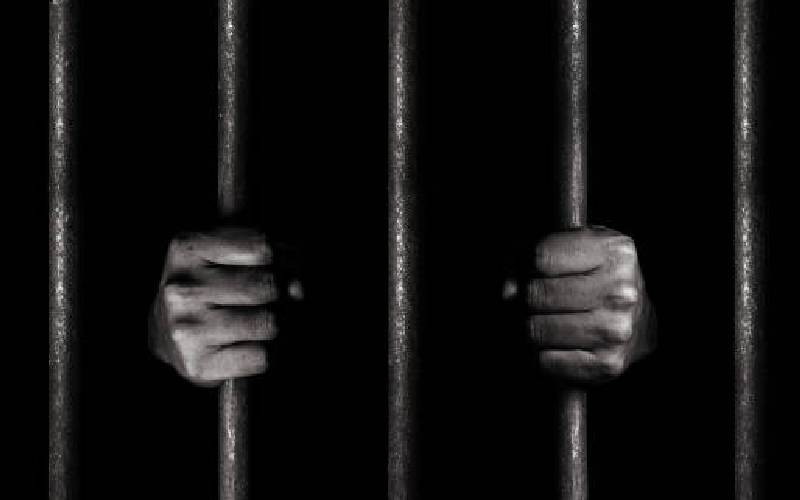The narrative of the motorcycle, both positive and negative, is well documented.
Motorcycles became popular in the region when the East African governments reduced duty on them. This then led to the mother of all tsunamis in revolutionising quick and light transport.
Previously, only a few well-to-do firms could afford motorcycles, but after the shift in taxation, the motorcycle became the new bicycle.
Truth be told, this motorised two-wheeler has changed our lifestyles as far as covering short distances is concerned.
For two years, I have not managed to wrap my mind around the fact that my mother, a retired teacher for nearly 20 years, jumps on the seat behind the rider like a seasoned horse rider.
But such is the impact that the motorcycle industry has had on our lives.
The five kilometres that we used to cover on foot every time we alighted from a bus is now too far for many of the folks in my village.
Walking to the bus stop is considered a sign of dwindling financial fortunes or great misunderstanding between the elderly parent and his or her children who reside in the urban areas.
But while the village has reaped enormously from the introduction of the motorcycles, I am not sure the same can be said of the urban areas.
While motorcycles play a pivotal role of transport in urban areas, their service has come at the price of considerable headache and heartache for some residents.
That motorcycles riders are a nuisance to motorists is a known fact.
In addition, the safety of passengers on this means of transport has been a major concern to both clients and the authorities. Many beds in Kenya’s orthopaedic wards are occupied by victims of motorcycle accidents.
As if that is not enough, in the last couple of months, boda boda riders have been captured on CCTV cameras abetting felonies by offering a quick getaway from the crime scene.
The demerits of having motorcycles on our roads are fast outweighing the merits.
Thus, when the traffic police department met the motorcycle riders in Nairobi, it was hoped that this would be the beginning of solutions.
Stay informed. Subscribe to our newsletter
But as we all know, both parties had different agenda and the much acclaimed meeting aborted.
So, where do we go from here?
First, the police have previously issued a decree that a boda boda can only have one passenger at a time.
However, it is routine to find two or even three passengers on one motorcycle.
The police need to be firm on this. The one-motorcycle-one-passenger rule is critical as it brings me to my second point:
The police must find ways of ensuring that the reflective jacket worn by the passenger bears the registration number of the specific motorcycle.
Today, a motorbike passenger will carry out a drive-by shooting in broad daylight, and since both rider and passenger have helmets, they just zoom around the block and are gone, never to be traced.
The small prints on the number plate do not help much if the bike is ten metres away.
This is why the police should approve the affixing of the motorcycle numbers, in a large font, on the reflector jackets.
Perhaps it could help in arresting the runway crime associated with boda bodas.
 The Standard Group Plc is a
multi-media organization with investments in media platforms spanning newspaper
print operations, television, radio broadcasting, digital and online services. The
Standard Group is recognized as a leading multi-media house in Kenya with a key
influence in matters of national and international interest.
The Standard Group Plc is a
multi-media organization with investments in media platforms spanning newspaper
print operations, television, radio broadcasting, digital and online services. The
Standard Group is recognized as a leading multi-media house in Kenya with a key
influence in matters of national and international interest.
 The Standard Group Plc is a
multi-media organization with investments in media platforms spanning newspaper
print operations, television, radio broadcasting, digital and online services. The
Standard Group is recognized as a leading multi-media house in Kenya with a key
influence in matters of national and international interest.
The Standard Group Plc is a
multi-media organization with investments in media platforms spanning newspaper
print operations, television, radio broadcasting, digital and online services. The
Standard Group is recognized as a leading multi-media house in Kenya with a key
influence in matters of national and international interest.







